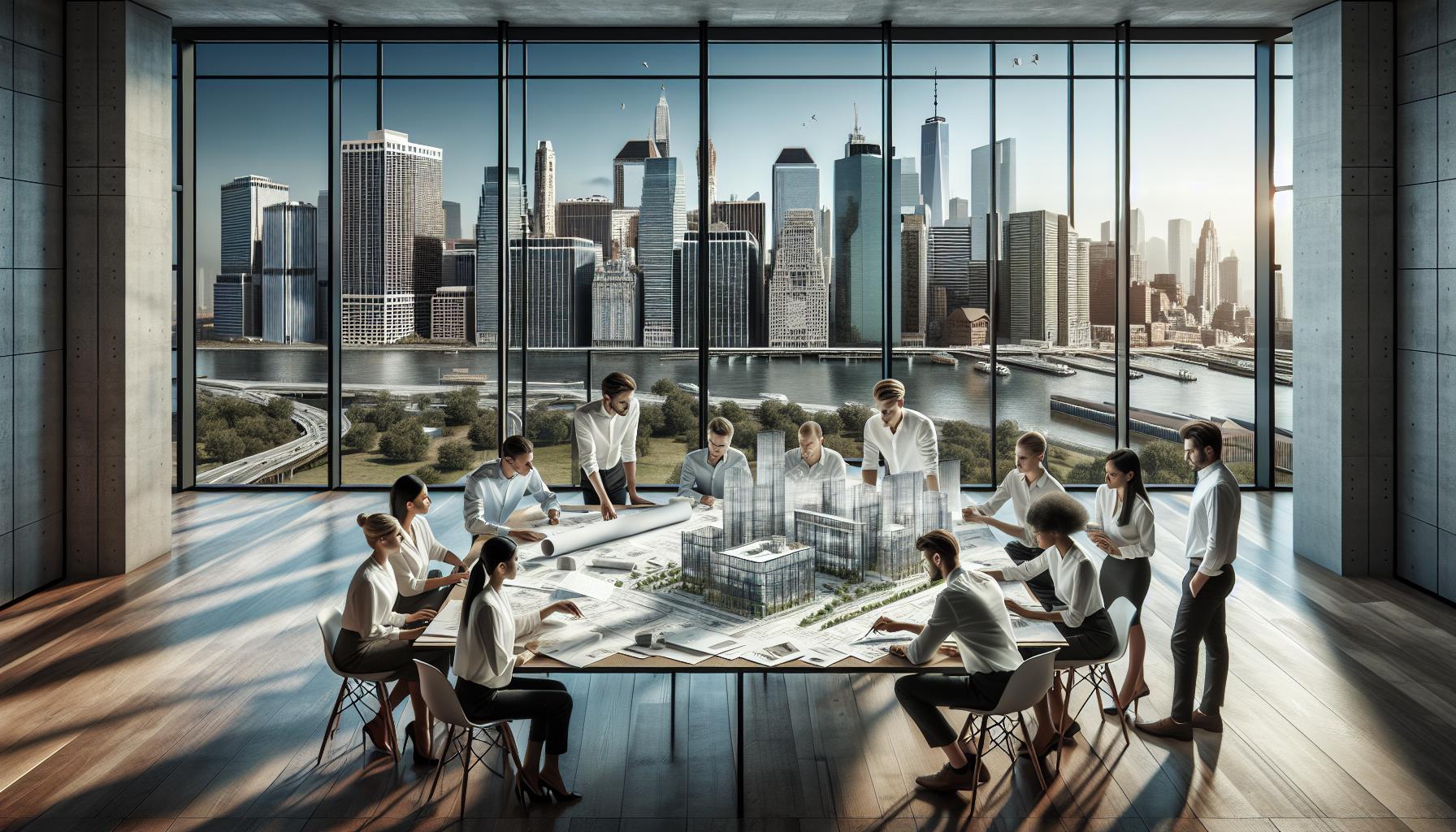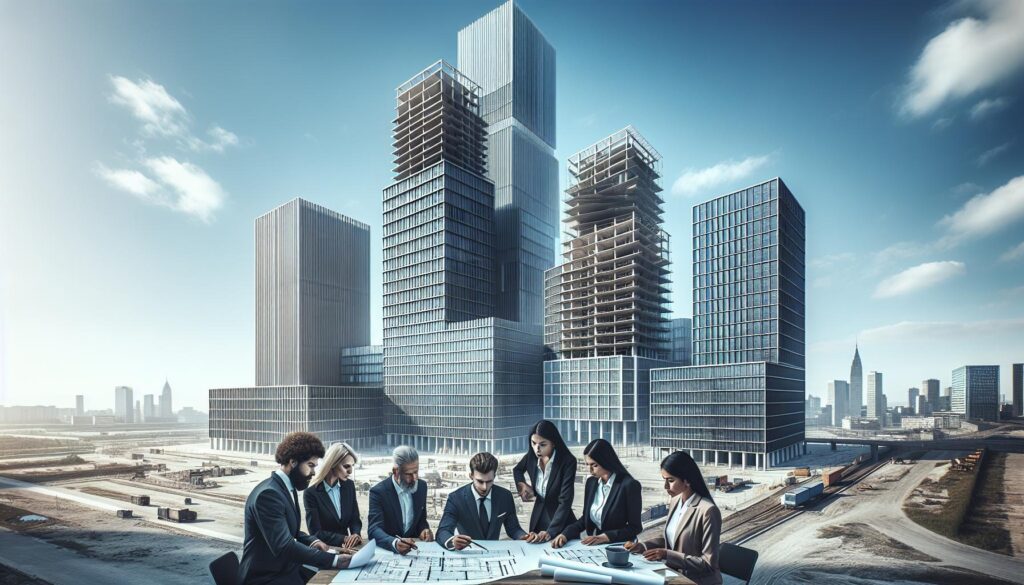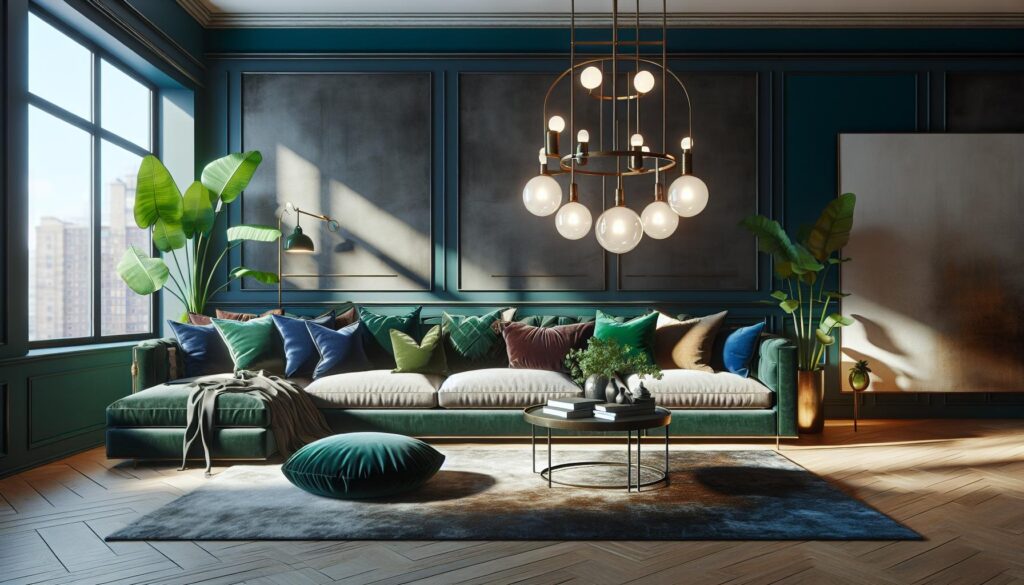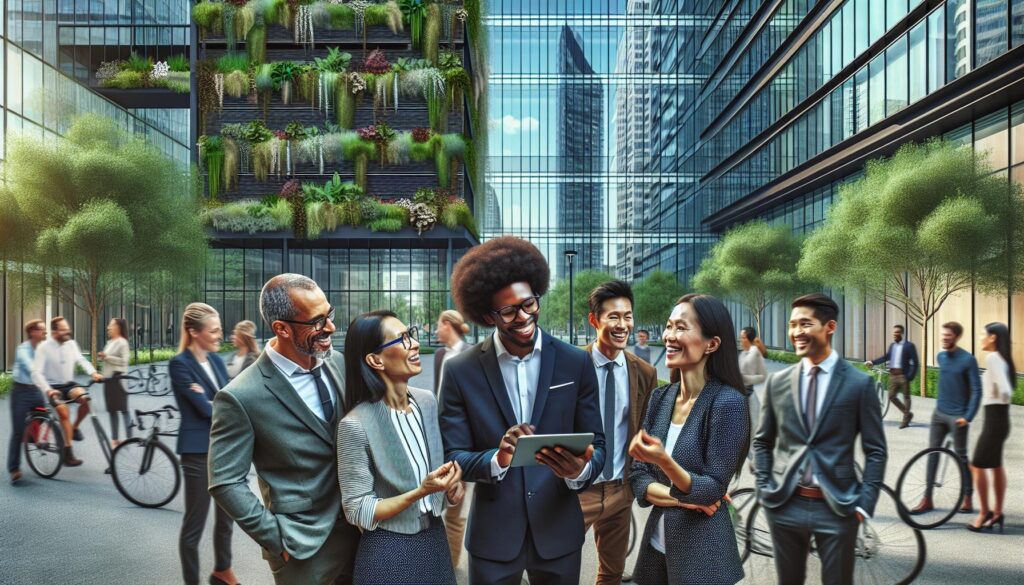In a world where creativity should reign supreme, architects often find themselves in a concrete jungle of constraints. Today’s architectural trends can feel like a strict dress code for a black-tie event—stylish but oh-so-limiting. As they navigate the fine line between innovation and compliance, many architects discover that their visions are often boxed in by industry standards and client demands.
Imagine trying to paint a masterpiece while someone keeps handing you a paint-by-numbers kit. That’s the reality for many architects today. With trends dictating everything from materials to aesthetics, the freedom to explore unique designs is slipping away faster than a poorly designed staircase. It’s time to take a closer look at how these trends shape the profession and what that means for the architects striving to break free from the mold.
Today’s Architectural Trends do not offer the Architect a Tremendous Amount of Freedom
Today’s architectural trends emphasize functionality over creativity. Many architects find themselves adhering to strict guidelines dictated by market demands and client specifications. This situation resembles a uniform dress code that stifles individuality in design. Current styles often prioritize efficiency and sustainability, leaving little room for innovative expression.
Sustainability efforts lead to standardized designs, which can result in monotonous aesthetics. The trend toward minimalism also encourages simplicity in structure, encouraging repetition rather than uniqueness. On top of that, strong regulatory frameworks necessitate conformity with safety and zoning laws, further narrowing the scope for creative exploration.
Digital technology influences architectural practices, enabling rapid design and construction. While this advancement improves efficiency, it often limits creative input by relying on pre-existing templates. Data-driven design approaches focus on performance metrics, making it challenging for architects to introduce original concepts.
Market dynamics frequently dictate the types of projects undertaken, compelling architects to follow prevailing trends instead of exploring new ideas. As a result, many practitioners experience frustration, feeling their creative instincts are compromised. In summary, architects navigate a landscape shaped by prevailing trends that prioritize safety, efficiency, and client expectations over artistic freedom.
Constraints Faced by Architects

Architects encounter various constraints that hinder their creative expression. Economic factors and regulatory limitations significantly shape their design processes and outcomes.
Economic Factors
Financial considerations impose strict limitations on architectural design. Budget constraints often dictate the materials and methods used, leading to standardized solutions. Project funding frequently influences the scope and complexity of designs, pushing architects toward more conventional approaches. Client preferences, driven by cost-effectiveness, can overshadow artistic intent, emphasizing functionality over creativity. Market demands play a pivotal role, as architects primarily aim to meet these expectations. Economic pressures lead to compromises, making innovative ideas less feasible. Increased competition further exacerbates these realities, compelling architects to align closely with trends rather than pursue unique designs.
Regulatory Limitations
Regulations represent a significant barrier in architectural practice. Building codes and zoning laws impose strict guidelines that dictate design parameters and spatial relationships. Safety requirements often override creative vision, forcing architects to prioritize compliance over originality. Permitting processes can delay projects, intensifying the pressure on time-sensitive designs. Environmental regulations increasingly shape architectural choices, pushing sustainability as a focal point. These legal frameworks often result in repetitive design solutions, limiting variety across different projects. Architects navigate a complex landscape of regulations that restrict their ability to innovate freely while balancing client needs and safety standards.
Impact on Design Freedom

Architects contend with significant limitations that impact their ability to express creativity. Current architectural trends impose numerous restrictions, shaping the design landscape.
Innovation vs. Tradition
Many architects find themselves caught between embracing innovation and adhering to traditional practices. While tradition provides a foundation, it often clashes with the need for modern solutions. Efficiency increasingly takes precedence, leaving little room for experimental designs. Familiar architecture styles dominate the market, leading to predictability in new projects. When clients demand time-tested structures, architects can struggle to introduce cutting-edge ideas. A balance between tradition and innovation becomes crucial, yet many find this balance difficult to achieve. Ultimately, the reliance on established norms stifles creative exploration, limiting architects’ potential.
Creative Solutions within Constraints
Exploring creative solutions allows architects to navigate the confines of strict regulations. By thinking outside the box, they can propose inventive designs that comply with existing guidelines. Some leverage sustainable materials or energy-efficient systems to enhance functionality without sacrificing aesthetics. Creativity thrives within boundaries, as constraints often spark innovative ideas. Collaboration with clients also plays a vital role; open discussions can lead to unexpected design proposals. Architects harness technology when developing responses to limitations, allowing for new approaches to emerge. These efforts highlight the potential for innovation even within a restrictive framework.
The Role of Technology

Technology plays a pivotal role in shaping architectural practices today. It streamlines processes, enhances communication, and accelerates project completion. However, this reliance can limit architects’ ability to innovate, as many design options rely on predefined software templates and tools.
Influencing Design Choices
Digital technology significantly influences design choices by emphasizing data-driven approaches. Architects often rely on performance metrics to guide decisions, which can overshadow original artistic vision. Client expectations shape project specifications, pushing architects to focus on efficiency rather than creativity. Virtual simulation tools offer insights into functionality but reduce the scope for experimentation. As a result, architects navigate a balancing act between data and design intent, often prioritizing market-driven necessities over personal expression.
Standardization Issues
Standardization issues emerge as technology fosters replication over originality. Widely available design software promotes similar aesthetics across projects, leading to homogeneity in architectural styles. The push for efficiency encourages the adoption of uniform solutions, diminishing the uniqueness of individual designs. Additionally, established best practices often overshadow innovative approaches, restricting the exploration of new ideas. Architects frequently confront the challenge of addressing specific client needs while adhering to commonplace solutions, creating a cycle that favors conformity.
Notable Case Studies
Various architectural projects illustrate the constraints faced by architects today. The Smith Residence, located in a suburban area, showcases how budget limitations restricted innovative design features. The architect incorporated cost-effective materials and simplified aesthetics to meet financial demands, resulting in a more uniform appearance than initially envisioned.
Another example can be found in the GreenTech Office Building. This project highlights how strict zoning laws dictated its design parameters. Architects focused on compliance with safety regulations, limiting creative options to conform to a standard design that prioritized functionality over uniqueness.
The Johnson Family Community Center serves as a case study in balancing client expectations with creative exploration. Architects faced pressure to produce a conventional structure, which stifled artistic input. Despite this, the design team managed to integrate eco-friendly materials and innovative layouts within the established guidelines, showing some level of creative adaptation.
Technology’s impact on design can be seen in the Urban Micro Apartments project. Software-driven designs influenced the project, leading to a repetitive layout common in affordable housing. With limited customization options available, architects adhered to established templates, sacrificing individuality for streamlined efficiency.
Lastly, the Riverside Retail Complex embodies the tension between market demands and architectural expression. Architects grappled with client requests for familiar retail layouts that cater to consumer behavior. As a result, the project became a typical representation of contemporary retail spaces, following a predictable design path dictated by market principles.
These case studies exemplify how architects navigate a landscape shaped by economic, regulatory, and technological constraints. Each project reflects the struggle to balance creativity with external demands, encapsulating the challenges within today’s architectural landscape.



